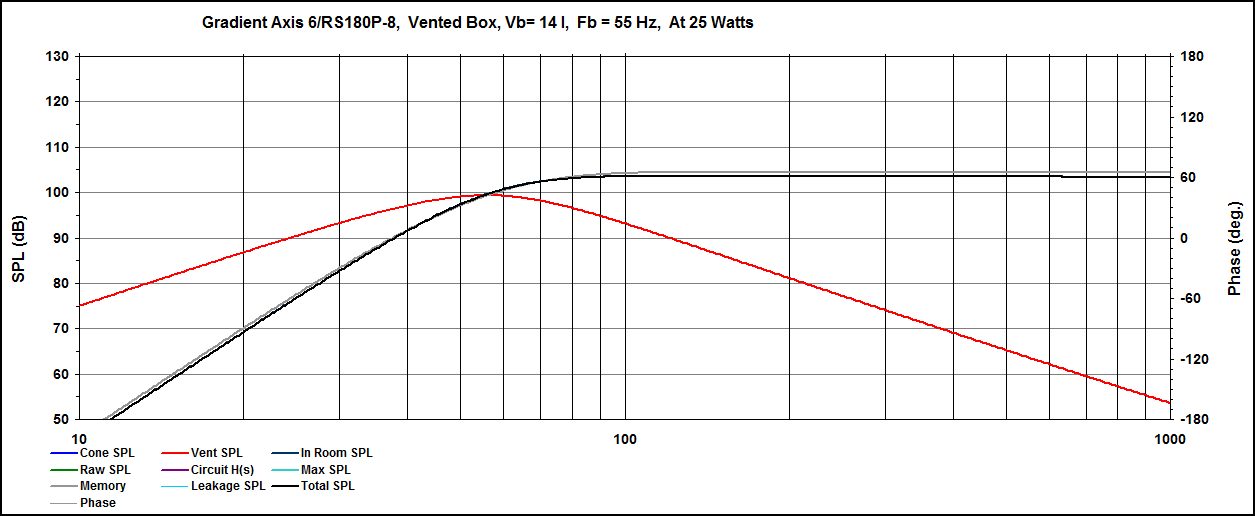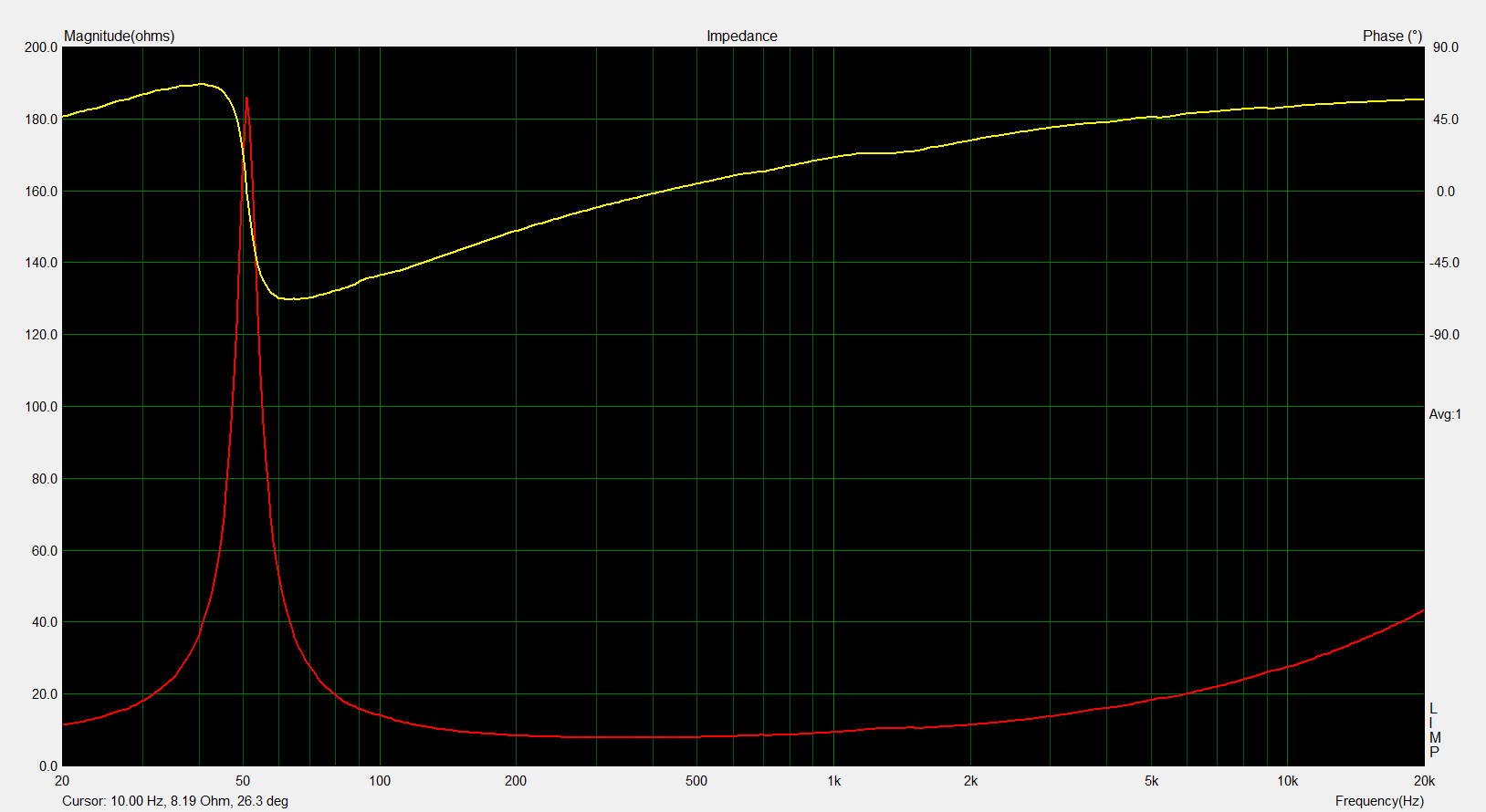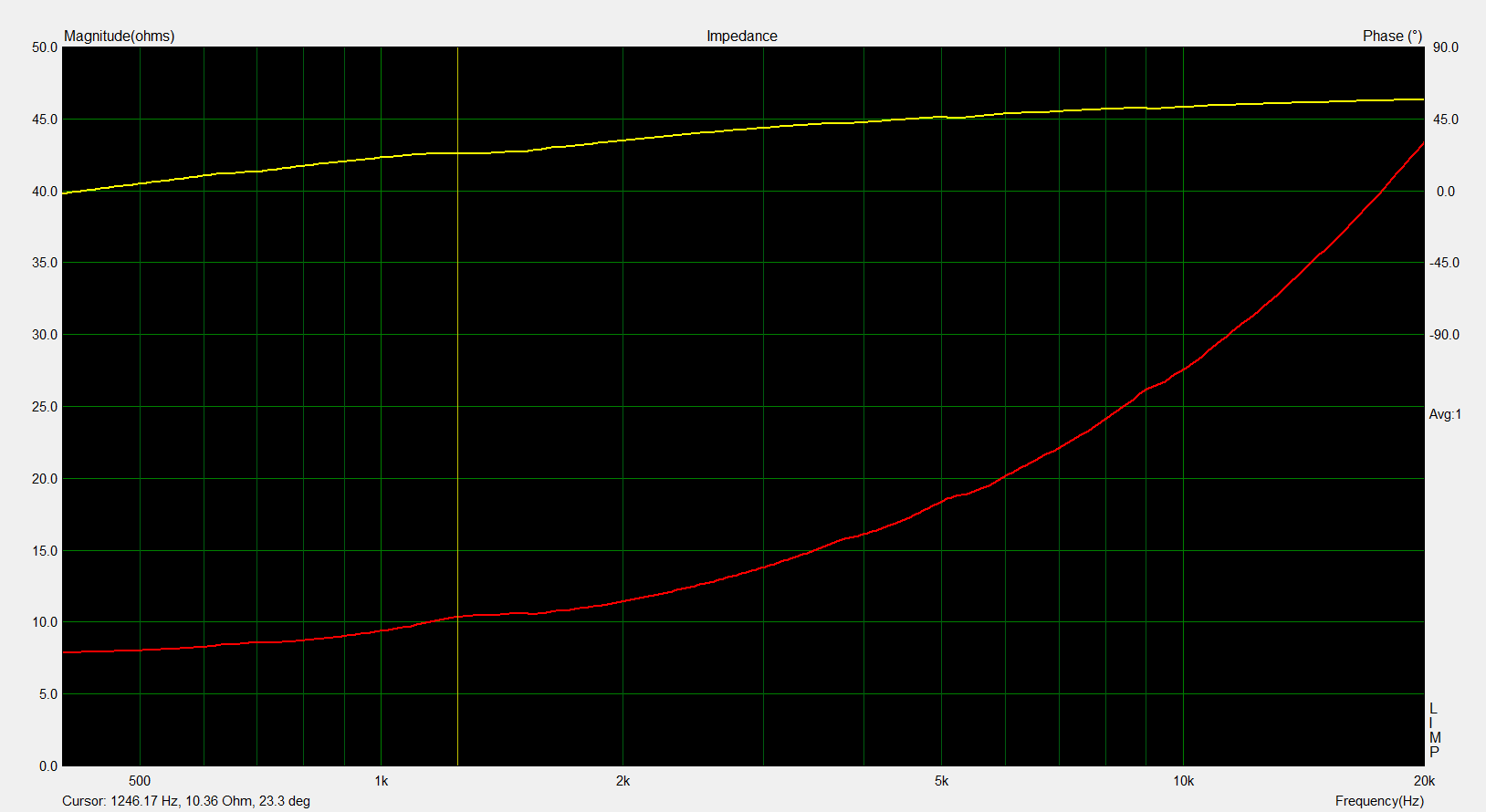Site Links
Howdy, Stranger!
It looks like you're new here. If you want to get involved, click one of these buttons!
Quick Links
Categories
Who's Online (0)
Gradient Axis 7" midwoofer
Visually, the driver very closely resembles the paper cone 7" from Dayton Audio - so I will not make much commentary other than to reiterate that I have always found the Dayton RS aluminum drivers to be ugly as hell, not sure why I find the looks of the paper versions so much more.
To put to rest the inevitable questions - no, they are not the same driver subjected to "badge engineering".
The similarities include:
1. Appears to be the same cone material with the exception that I think I remember the Dayton being somewhat "shinier"
2. Same voice coil diameter.
3. Same basket.
Now, perhaps somewhat obviously, the drivers share a common lineage - I don't care who specified what first since odds are, at heart, neither of these drivers contains any technology inherently creative - modern driver design at these price points isn't about who can engineer the next flavor of the month cone material or basket design. Rather, it is who is the most creative at combining off the shelf components into a high quality/value driver.
Differences are somewhat striking, however. First and foremost is the impedance peak at Fs. The Dayton appears to be about 27 ohms - the Gradient is pushing 200 ohms (!!!). This indicates significant difference in motor design.
There are differences in Qts. The Dayton advertises 0.34, the Gradient measured at 0.4. Vas was 22 on Dayton, 18 on Gradient. Fs is higher in the Gradient (51/45) and sensitivity is close at around 90 each). Xmax is listed considerably lower in the Gradient (4mm vs 6mm). They both model very close to each other, with a slight nod in output above and below "the knee" to the Gradient.
The two drivers are very similar in modeling, so what does the Qms of the Dayton being about 1/9th of the Gradient mean?

Anyways, here is the free-air impedance sweep for the Gradient:

Here is a 500 and up zoom:

Some measured T/S:
Compare to advertised found in this document (get it while you can - MCM has a history of making NLA driver data sheets or even 'sorry NLA' links disappear):
http://www.mcmelectronics.com/content/ProductData/Spec Sheets/55-5595.pdf
Based on the advertised FR curve - the blip in the impedance at around 1250 means there might be some work to do if the driver is crossed closer to 2k than not.
All in all, for the $13 and change I paid for each of the quad I ordered I am betting they will perform juuuuust fine in a 2-way.
To put to rest the inevitable questions - no, they are not the same driver subjected to "badge engineering".
The similarities include:
1. Appears to be the same cone material with the exception that I think I remember the Dayton being somewhat "shinier"
2. Same voice coil diameter.
3. Same basket.
Now, perhaps somewhat obviously, the drivers share a common lineage - I don't care who specified what first since odds are, at heart, neither of these drivers contains any technology inherently creative - modern driver design at these price points isn't about who can engineer the next flavor of the month cone material or basket design. Rather, it is who is the most creative at combining off the shelf components into a high quality/value driver.
Differences are somewhat striking, however. First and foremost is the impedance peak at Fs. The Dayton appears to be about 27 ohms - the Gradient is pushing 200 ohms (!!!). This indicates significant difference in motor design.
There are differences in Qts. The Dayton advertises 0.34, the Gradient measured at 0.4. Vas was 22 on Dayton, 18 on Gradient. Fs is higher in the Gradient (51/45) and sensitivity is close at around 90 each). Xmax is listed considerably lower in the Gradient (4mm vs 6mm). They both model very close to each other, with a slight nod in output above and below "the knee" to the Gradient.
The two drivers are very similar in modeling, so what does the Qms of the Dayton being about 1/9th of the Gradient mean?

Anyways, here is the free-air impedance sweep for the Gradient:

Here is a 500 and up zoom:

Some measured T/S:
Loudspeaker parameters:
Fs = 51.07 Hz
Re = 7.09 ohms[dc]
Le = 260.27 uH
L2 = 414.76 uH
R2 = 14.16 ohms
Qt = 0.41
Qes = 0.42
Qms = 11.13
Mms = 12.19 grams
Rms = 0.351322 kg/s
Cms = 0.000797 m/N
Vas = 17.96 liters
Sd= 126.68 cm^2
Bl = 8.083987 Tm
ETA = 0.54 %
Lp(2.83V/1m) = 89.97 dB
Added Mass Method:
Added mass = 21.00 grams
Diameter= 12.70 cm
Compare to advertised found in this document (get it while you can - MCM has a history of making NLA driver data sheets or even 'sorry NLA' links disappear):
http://www.mcmelectronics.com/content/ProductData/Spec Sheets/55-5595.pdf
Based on the advertised FR curve - the blip in the impedance at around 1250 means there might be some work to do if the driver is crossed closer to 2k than not.
All in all, for the $13 and change I paid for each of the quad I ordered I am betting they will perform juuuuust fine in a 2-way.
I have a signature.

Comments
The two drivers have very close to the same Vas. Soft parts are probably very similar.
I guess in my mind I always think of the "motor" as the stationary parts, magnet, pole piece, etc. The significance of the voice coil former is really up to you to decide.
Give me some credit, here. If I wanted to engage in condescension, I would pose a question as a newbie at some other forums.